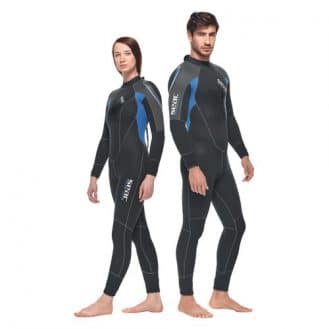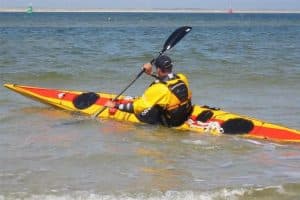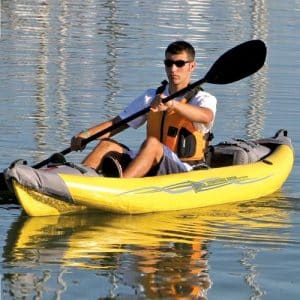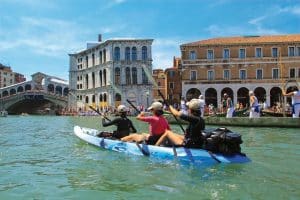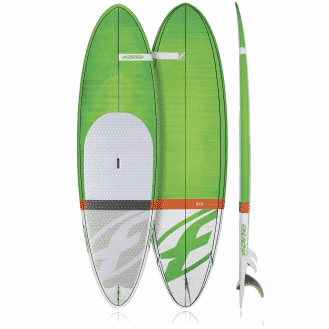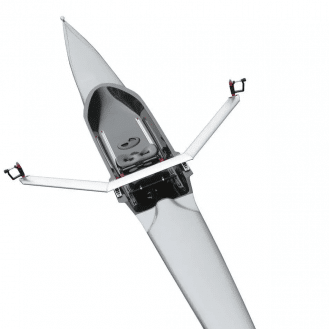A kayak is a simple and easy means of transportation on water. There are several types of kayaks to choose from. Alone or with others, it will allow you to travel at sea, on a river or on an interior body of water such as a lake, pond or water reservoir. Today the kayak‘s main use is for sport or leisure. It is propelled using paddles. Canoeing has similarities to kayaking, but a canoe is a separate product that we will not discuss in this guide.
